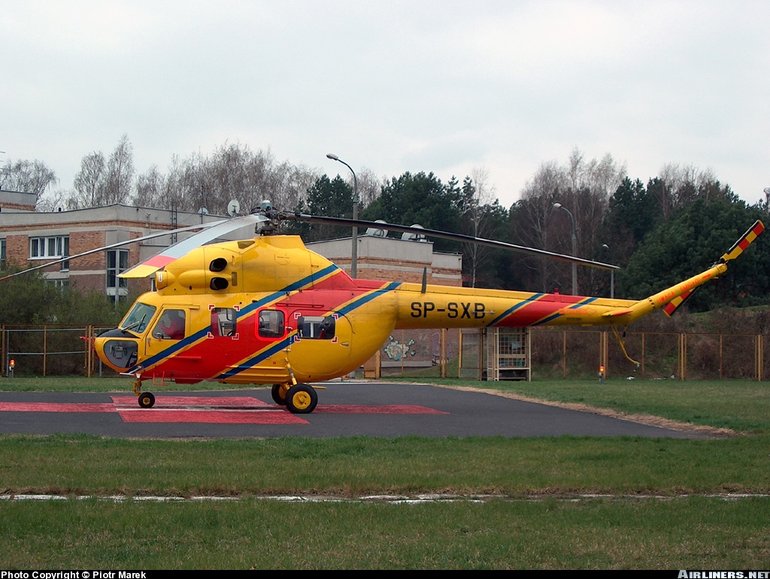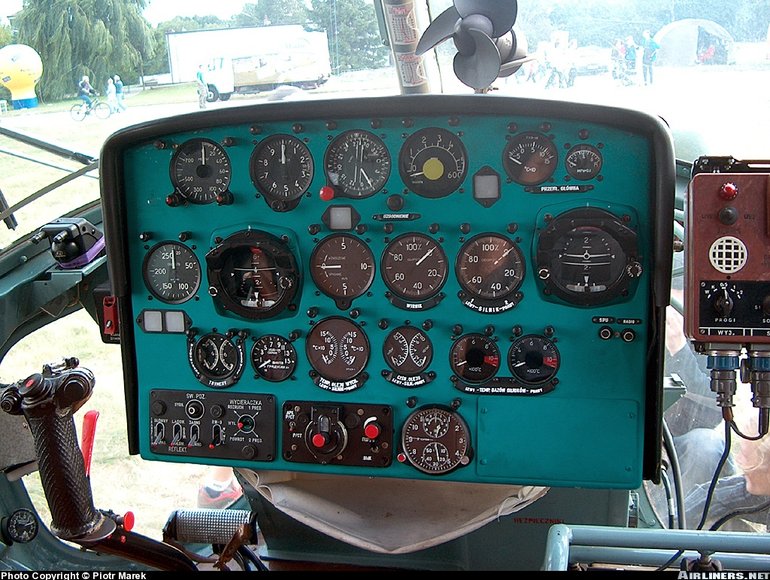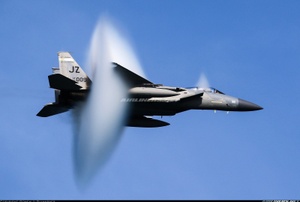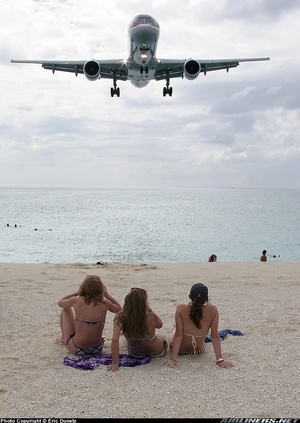PZL Swidnik (Mil) Mi2 & Kania
Details
Country of Origin
Poland & Russia
Type
Light twin turboshaft utility helicopter
History
Poland's most successful helicopter was originally developed in Russia by Mil, and in its Allison powered Kania (Kitty Hawk) version has achieved US certification.
Mil originally designed the light utility Mi2 in Russia during the early 1960s, resulting in a first flight in September 1961. In January 1964 an agreement between the USSR and Poland transferred development and production to the latter country, which commenced in 1965. The Mi2 evolved since that time and remained in low rate production into the 1990s. The main civil variant is simply designated Mi2, Swidnik also developed a diverse number of military variants.
The Kania (Kitty Hawk) is a substantial upgrade of the basic Mi2, and features Allison 250C20B turboshafts, western avionics, composite main and tail rotor blades, and has won US FAR Pt 29 certification. Developed in cooperation with Allison, the Kania first flew on June 3 1979, and US certification was granted in February 1986. The Kania has never entered full scale production but remains on offer, both as new build aircraft and as an upgrade of existing Mi2s.
Powerplants
Mi2 - Two 300kW (400shp) Isotov designed Polish built GTD350 turboshafts driving a three blade main rotor and two blade tail rotor. Kania - Two 315kW (720shp) Allison 250C20B turboshafts driving a three blade main and two blade tail rotor.
Performance
Mi2 - Max cruising speed 200km/h (108kt), long range cruising speed 190km/h (102kt). Max rate of climb 885ft/min. Service ceiling 13,125ft. Hovering ceiling in ground effect 6560ft. Range with max payload and reserves 170km (91nm), range with max fuel 440km (237nm), range with optional fuel 580km (313nm). Kania - Max cruising speed 215km/h (116kt), economical cruising speed 190km/h (102kt). Initial rate of climb 1722ft/min. Service ceiling 13,120ft. Hovering ceiling out of ground effect 4510ft. Range with max fuel and reserves 435km (234nm), with auxiliary fuel and reserves 800km (432nm). Endurance with auxiliary fuel 4hr.
Weights
Mi2 - Empty equipped 2402kg (5295lb) in passenger version, or 2372kg (5229lb) in transport version; max takeoff 3550kg (7826lb). Kania - Basic empty 2000kg (4410lb), max takeoff 3550kg (7826lb).
Dimensions
Mi2 - Main rotor diameter 14.50m (47ft 7in), length overall 17.48m (57ft 4in), fuselage length 11.94m (39ft 2in), height (no tail rotor) 2.70m (8ft 10in). Main rotor disc area 166.4m2 (1791.1sq ft). Kania - Same except for fuselage length 12.03m (39ft 6in).
Capacity
Mi2 - Two pilots or one pilot and passenger on flightdeck, and main cabin seating for seven. Ambulance configurations can accommodate four stretchers and one medical attendant or two stretchers and two attendants. Kania - Pilot and eight passengers in passenger configuration, pilot and five passengers in corporate configuration. Two stretchers, one seated patient and two medical attendants in ambulance configuration. Ag version capacity 1000kg (2205lb) of chemicals.
Production
More than 5500 mainly military Mi2s built since 1965. 16 Kanias (including prototypes) built thus far.
Related Links
PZL Swidnik (Mil) Mi2 & Kania
The backbone of this section is from the The
International Directory of Civil Aircraft by Gerard Frawley
and used with permission. To get your own copy of the book
click here.



















